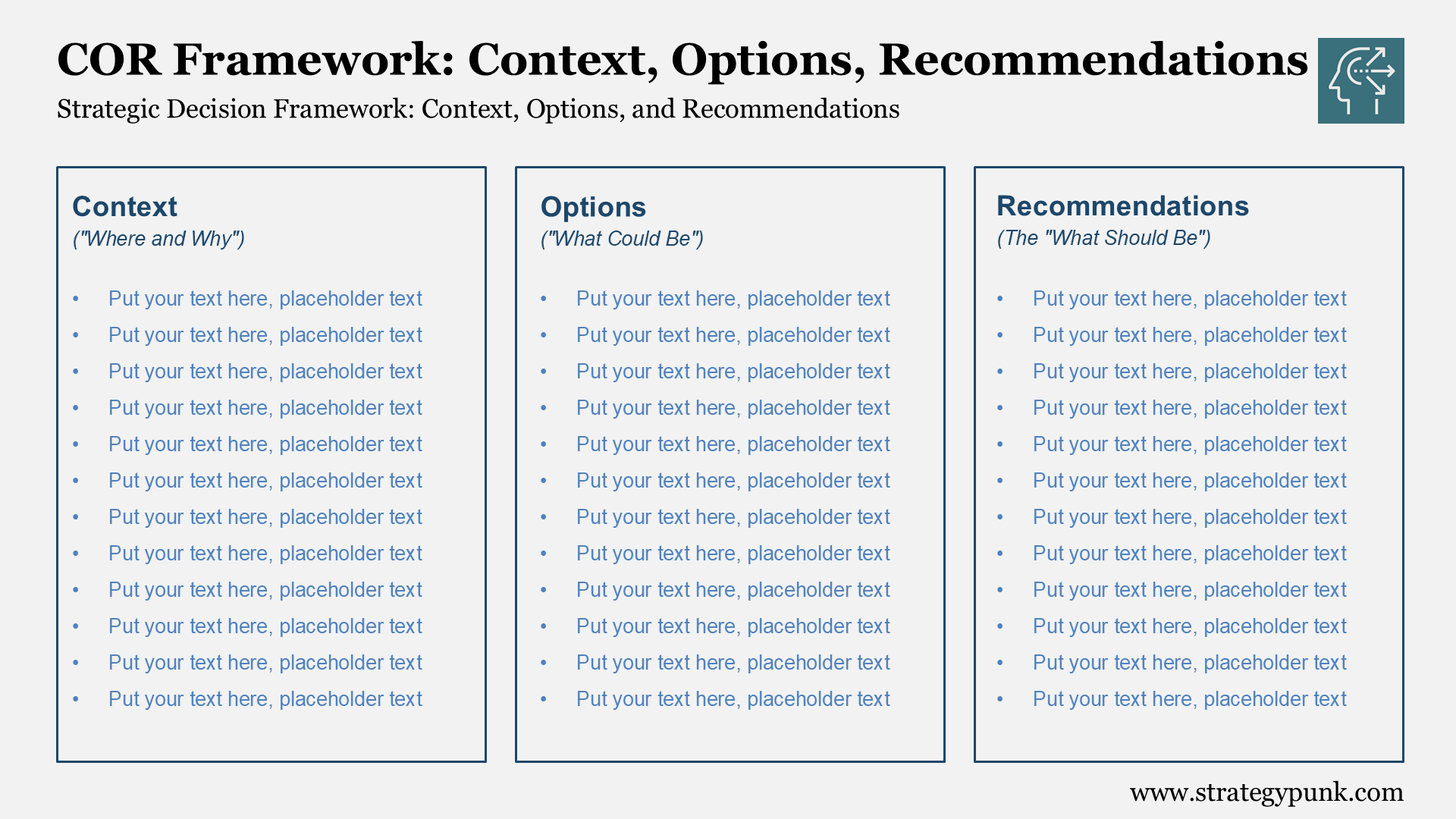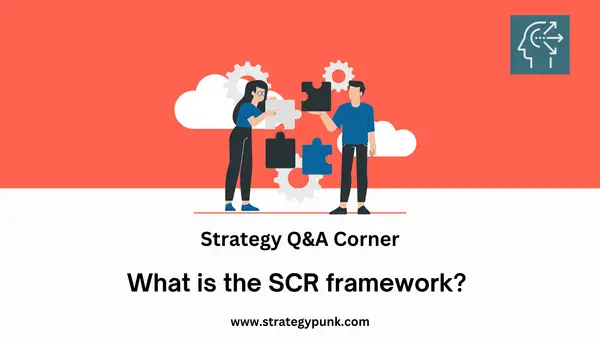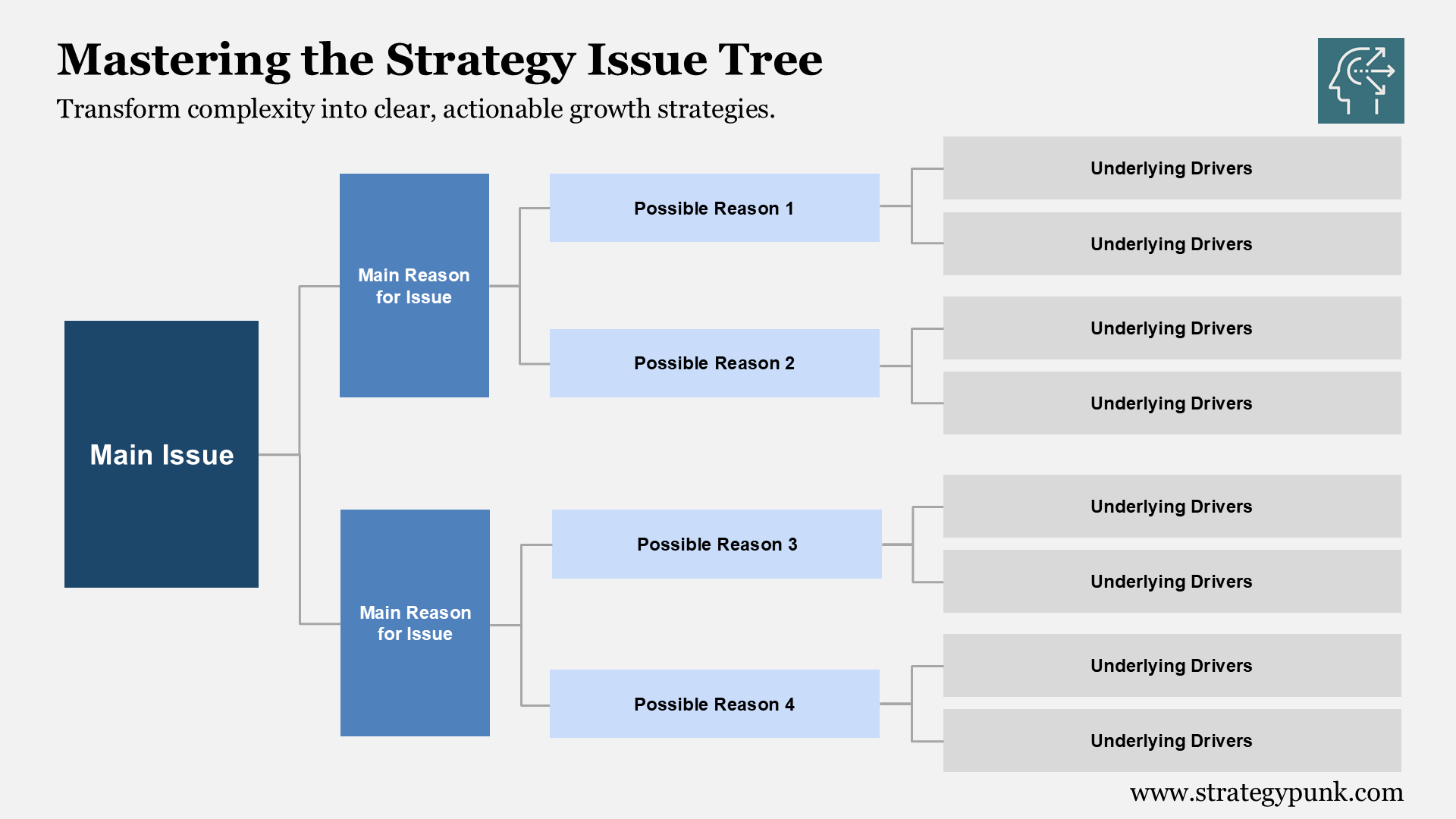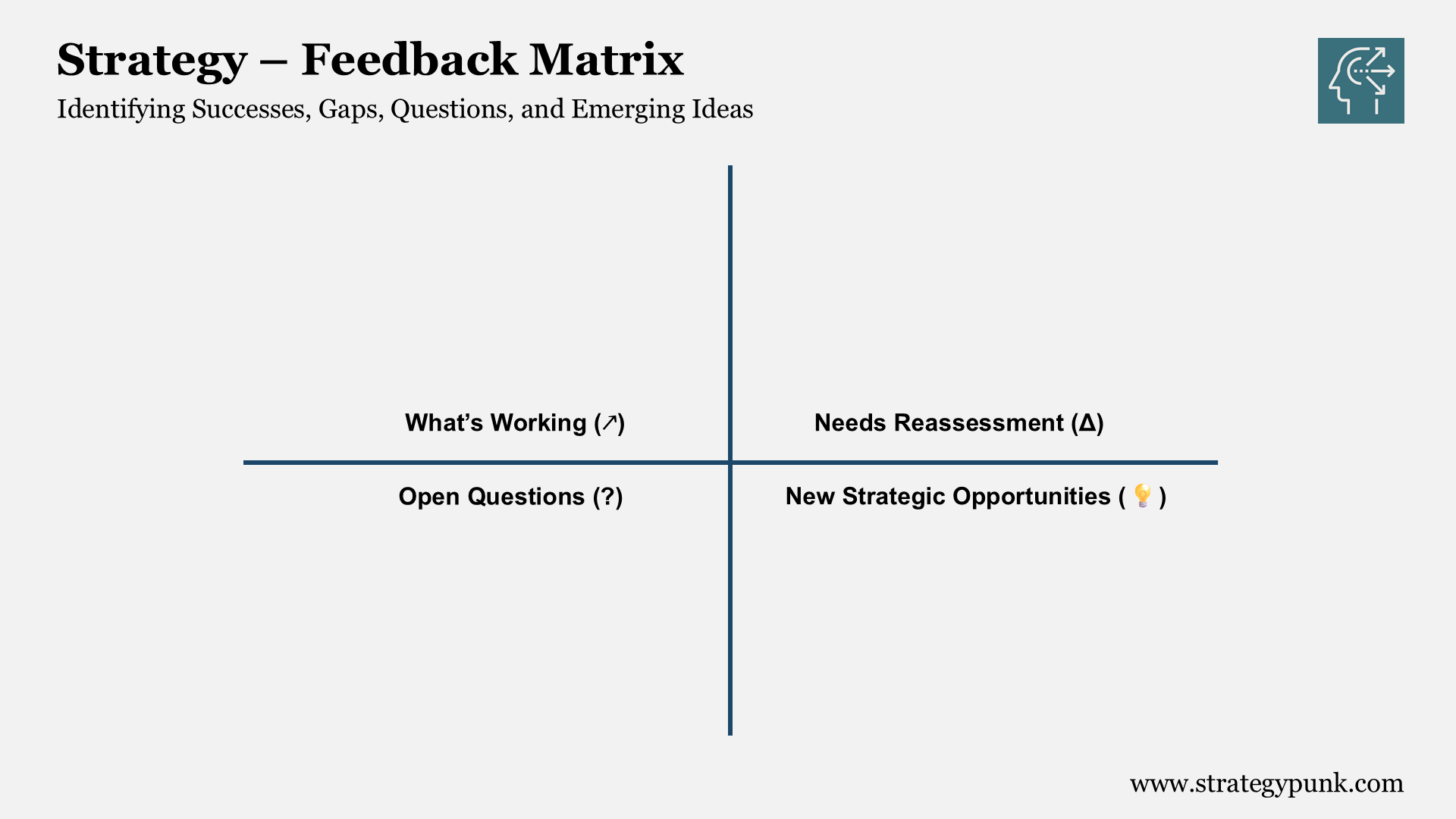Nestlé Innovation Process: Speed to Impact (Free PPT)
Discover Nestlé’s “Fewer, Bigger, Better” innovation process. Free PDF & PPT available for download. Improve your business impact now.
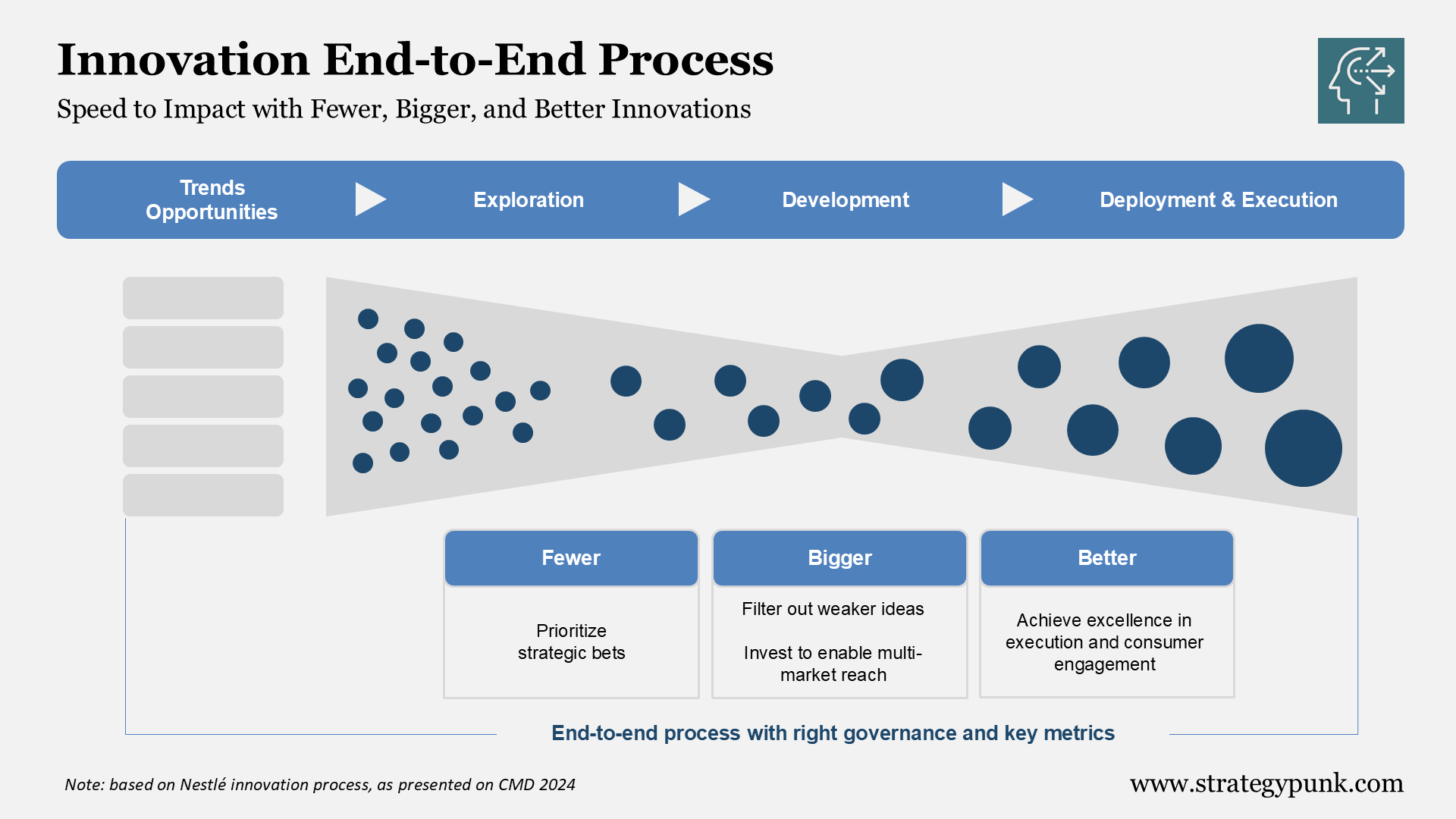
From Speed to Market to Speed to Impact: Rethinking Innovation Inspired by Nestlé
Innovation drives growth and shapes competitive advantage in many industries.
Yet, top firms like Nestlé have found that quick product launches do not guarantee long-term success.
Nestlé found that focusing only on "speed to market" leads to many small, scattered projects.
Many need help scaling, gaining traction, or delivering a return on investment. They are now shifting their approach to "speed to impact." They want new products to reach consumers and achieve lasting results.

This shift means to base the innovation pipeline on "Fewer, Bigger, Better." Instead of many small, weak projects, businesses will focus on a few strong, aligned ideas. These top ideas get support to succeed. They include development, marketing, production, and distribution.
Nestlé's shift from stocking shelves to boosting sales offers lessons for all. It shows that smart decisions and execution can significantly impact the market.
Continuous improvement is crucial for success. This strategy can help others improve their processes and returns on innovation.
Download the free PDF and PPT template at the end of the blog post.
The Problem with “Speed to Market” Alone
Historically, many companies have tracked their innovation success by how fast they can push products to store shelves. They rush prototypes, skip some steps in consumer testing, and launch products with limited marketing support. This process may seem efficient on paper, but it often leads to:
- A crowded pipeline: Too many small projects vying for attention and resources.
- Slower growth for top projects: Even promising innovations may lack the needed scale or marketing investment to reach their full potential.
- Missed opportunities for synergy: Best practices learned from one successful launch may not translate to other projects, wasting institutional knowledge.
Over time, these factors reduce a company’s return on its innovation investments. Leaders realize that launching many products quickly does not guarantee significant market share or more substantial margins.
A New Mindset “Speed to Impact”
“Speed to impact” means measuring success by how quickly an innovation achieves meaningful market results, not just how fast it appears on the shelf. This involves:
- Clear priorities: Selecting fewer projects with strategic importance.
- Targeted scale: Supporting top concepts with the proper production, distribution, and marketing investment.
- Better execution: Ensuring the final launch experience resonates with the customer.
Moving toward “speed to impact” does not mean slowing down. Instead, it means deploying more focused resources. The projects that make it to market arrive with well-tested value propositions and proper support for long-term success.
The “Fewer, Bigger, Better” Approach
At the core of “speed to impact” lies the principle of “Fewer, Bigger, Better.” This approach tries to streamline the innovation pipeline:
- Fewer:
- Focus on a limited number of strategic projects.
- Filter out weaker ideas early.
- Avoid diluting resources across too many small efforts.
- Bigger:
- Aim to scale successful ideas across multiple markets.
- Invest in adequate production capacity, marketing reach, and distribution networks.
- Seek opportunities to leverage a single concept in diverse regions or consumer segments.
- Better:
- Execute each launch with excellence.
- Use consumer insights, solid packaging, reliable supply chains, and strong marketing campaigns.
- Commit to continuous improvement and adjustment based on market feedback.
By following this framework, leaders can ensure that the innovations that make it through the pipeline offer something valuable. Rather than launching many under-resourced products, organizations can concentrate on those with strong long-term potential.
The Innovation Stages
A structured innovation process can help organizations implement “Fewer, Bigger, Better.”
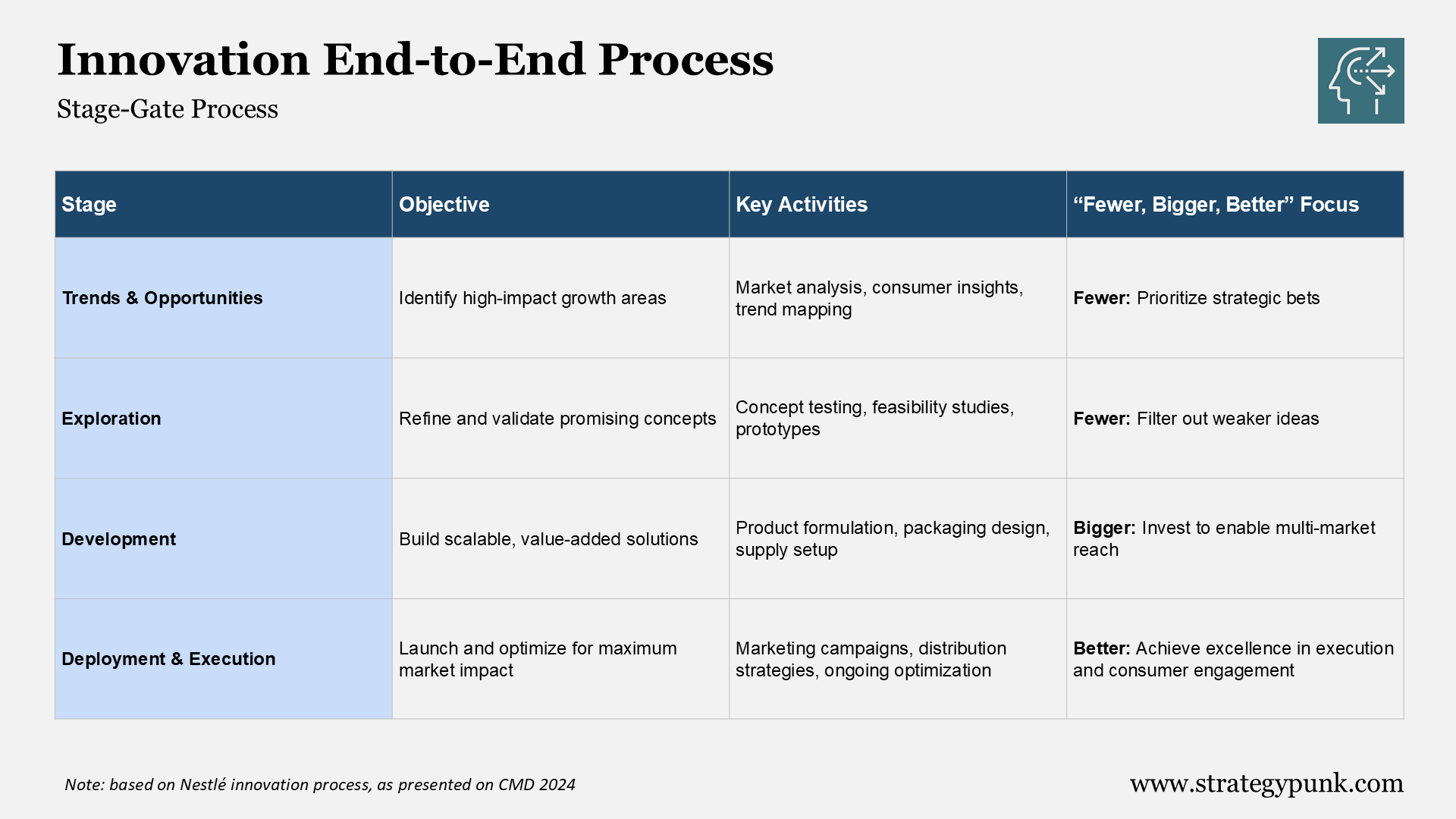
Each stage narrows the pipeline and ensures that only top concepts move forward. Consider a simplified model:
| Stage | Objective | Key Activities | Focus |
|---|---|---|---|
| Trends & Opportunities | Identify high-potential market areas | Market research, consumer insight, trend mapping | Fewer (prioritize strategic bets) |
| Exploration | Validate promising concepts | Concept testing, feasibility studies, prototypes | Fewer (filter out weaker ideas) |
| Development | Build scalable, value-adding solutions | Product formulation, packaging design, supply planning | Bigger (enable multi-market reach) |
| Deployment & Execution | Launch with strong market support | Marketing campaigns, distribution strategies, post-launch optimization | Better (achieve excellence in execution) |
This table can serve as a template for leaders. At each stage, leaders consider how to apply the “Fewer, Bigger, Better” mindset. Doing so creates a disciplined process that reduces wasted effort and strengthens the results.
Practical Steps for Implementation
Shifting from “speed to market” to “speed to impact” requires leadership thinking and behavior changes.
Steps to Shift from Speed to Market to Speed to Impact
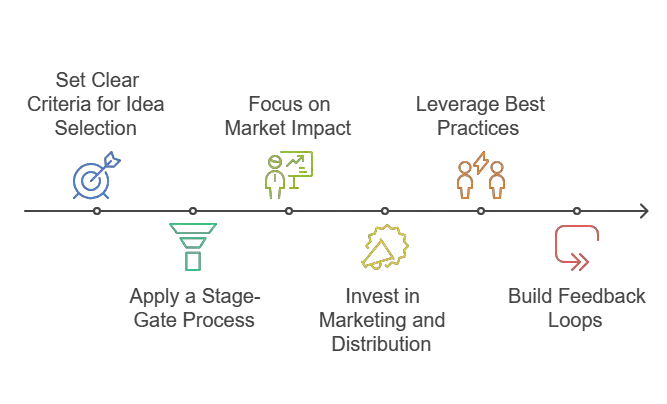
Consider the following steps:
- Set Clear Criteria for Idea Selection:
- Define what “strategic importance” means.
- Consider potential market size, brand fit, and long-term profitability factors.
- Evaluate which projects align with the company’s strategic goals.
- Apply a Stage-Gate Process:
- Use defined checkpoints at each innovation stage.
- Make decisions based on data, consumer feedback, and financial projections.
- If an idea does not meet standards at a gate, stop or pivot early.
- Focus on Market Impact, Not Just Launch Dates:
- Track revenue growth, market share, and consumer satisfaction after launch.
- Adjust resource allocation based on performance rather than an initial schedule.
- Accept that some ideas need more time to mature in the market.
- Invest in Marketing and Distribution:
- Allocate proper budgets for marketing campaigns.
- Ensure products have strong visibility and availability.
- Educate sales teams and partners about new offerings to ensure consistent messaging.
- Leverage Best Practices Across the Organization:
- Document lessons learned from successful launches.
- Share insights through internal workshops, training sessions, or online platforms.
- Encourage cross-functional collaboration and knowledge exchange.
- Build Feedback Loops:
- Collect data from customers and partners.
- Adjust products, packaging, and messaging based on real-world feedback.
- Continuously refine innovation and marketing strategies.
Overcoming Common Barriers
Leaders may face resistance when shifting from “speed to market” to “speed to impact.” Some may believe that moving slower at the start reduces opportunities. Others may fear missing trends by not launching immediately. These concerns are natural but can be addressed:
- Mindset Shift: Emphasize that fewer launches can still mean growth if each launch has a more substantial impact.
- Communication: Explain the financial logic behind investing in fewer projects and show how focusing resources can create greater returns.
- Measurement: Highlight improved performance metrics. Show decision-makers that long-term profits matter more than the short-term volume of releases.
Skepticism tends to fade over time as teams see better results. Leaders must guide this transition through consistent communication, training, and celebrating small wins.
The Benefits of “Speed to Impact”
Adopting a “speed to impact” mindset and implementing the “Fewer, Bigger, Better” approach offers several benefits:
- Higher returns on investment: Better allocation of resources leads to more substantial projects that deliver real value.
- Stronger brand reputation: Well-executed innovations improve brand credibility and consumer trust.
- Sustainable competitive advantage: Achieving consistent results builds a foundation for long-term growth.
- Improved internal alignment: Teams understand which projects matter and why, reducing confusion and inefficiency.
This approach also helps business students and professionals understand the strategic elements behind successful innovation. It moves beyond the excitement of launching “something new” to the discipline of making sure that innovation resonates in the marketplace.
Conclusion
Innovation remains a key driver of scaling growth in a world of rapid change. Yet delivering results requires more than launching products fast. Companies must think beyond “speed to market” and focus on “speed to impact.”
The Fewer, Bigger, Better approach offers a clear path. By prioritizing a few strategic ideas, scaling them up, and supporting them with strong execution, leaders can create innovations that stand the test of time. This method reduces wasted effort, strengthens brand presence, and builds a more profitable portfolio.
The lesson is clear: Innovation is about how fast you reach consumers and how meaningfully you engage with them once you arrive. Instead of counting launch dates, count the measure of success in market impact. Over time, this shift can transform how organizations bring products to life, setting the stage for sustained growth and relevance.


